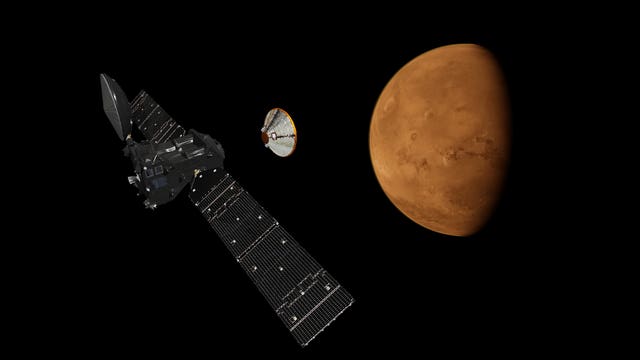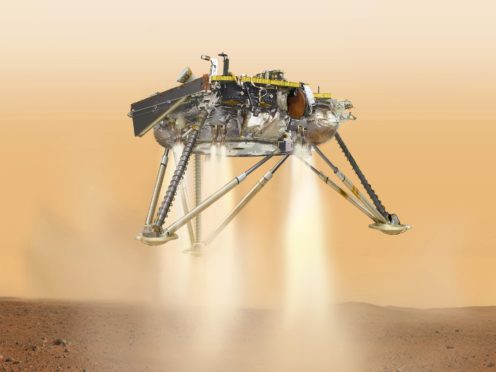Ugly interior design, interplanetary “jetlag” and personality clashes are among the problems hampering humanity’s efforts to settle on Mars, experts say.
The technical challenges of reaching the Red Planet – and getting the crew home – are massive, but experts met in London last week to consider the social and psychological obstacles.
Examples raised at the meeting included a fall-out over the colour of paint inside a remote base, and a claim that up to half of crews do not “get along” on space missions.
The event was funded by the Mohammed bin Rashid Global Space Challenge, and the meeting’s recommendations will be sent to the project as it works towards human settlement in space.
“The biggest hurdles to Mars settlement are not technical but psychological,” said meeting organiser Dr Federico Caprotti, of the University of Exeter.
“Long-range missions raise psychological questions that current knowledge in space science cannot answer.
“For example, the International Space Station enables a quick return and therefore a sense of psychological closeness to the Earth.
“Mars does not allow this, and that brings a risk of intense pressure.
“There is also the issue of interplanetary ‘jetlag’. The journey could take about 400 days – though experimental plasma engines could speed this up.
“The psychological effects of a journey that long, combined with the lack of real-time communications with Earth as signals take four to 24 minutes could be huge.”

Pre-mission psychological tests are used in selecting crews, but these are not always effective in determining whether individuals will work well together.
One of the experts at the meeting, who had been involved in planning multiple space missions, said that – despite these tests – 40% to 50% of crews could not “get along” once in space.
“That would be a major problem on a 400-day return journey and the intervening mission on Mars,” said Dr Steven Palmer, of the University of Exeter, who has worked on both space research and in the Antarctic.
“We also heard about a mission in a remote location on Earth where someone painted some walls in a colour others didn’t like – and this caused resentment and damaged team cohesion.
“Many people think a Mars mission should be manned by ‘natural leaders’, but organisations like the British Antarctic Survey have found that you need people who can compromise.”
The meeting brought together experts from fields including astrophysics, geography, innovation and ethics.
